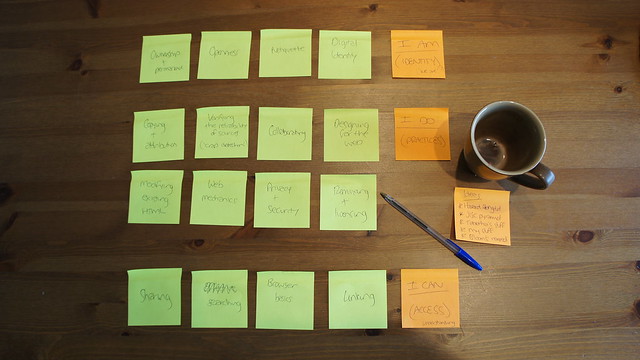
Since completing my doctoral thesis on digital and new literacies, I’ve been thinking a lot about how educators can use my work in a practical way.
In Chapter 9 of my thesis I come up with eight ‘essential elements’ of digital literacies, abstracted from the literature. I’ve presented these in various forms, my most popular slidedeck being available here.
After seeing me present on these essential elements, people tend to ask me one or both of the following questions:
- Which is the most important element to focus upon?
- How can I develop these in practice?
I’m helping with the second question through my iterative e-book, The Essential Elements of Digital Literacies, which I’ve just started (and you can buy into). The first question, however, about relative importance and focus has been bugging me.
On the one hand, I want to say that all of the elements are equally important – but that the relative priority that should be given to each will depend upon context. That’s true, but it feels like a bit of a cop-out.
So, after spending some time visualising Mozilla’s first attempts at defining web literacy, I think I’ve hit upon an organising concept: the remix.
Literacy is all about reading and writing. If we take ‘reading’ and ‘writing’ metaphorically (as we must when moving into the digital realm) then these become, loosely, understanding and processing and creating and applying.
This sounds a lot to me like remixing.
I’m going to be thinking about this further. It will form a central theme to my e-book, and I’ll be using it as an organising concept for my TEDx Warwick talk in March. 🙂



